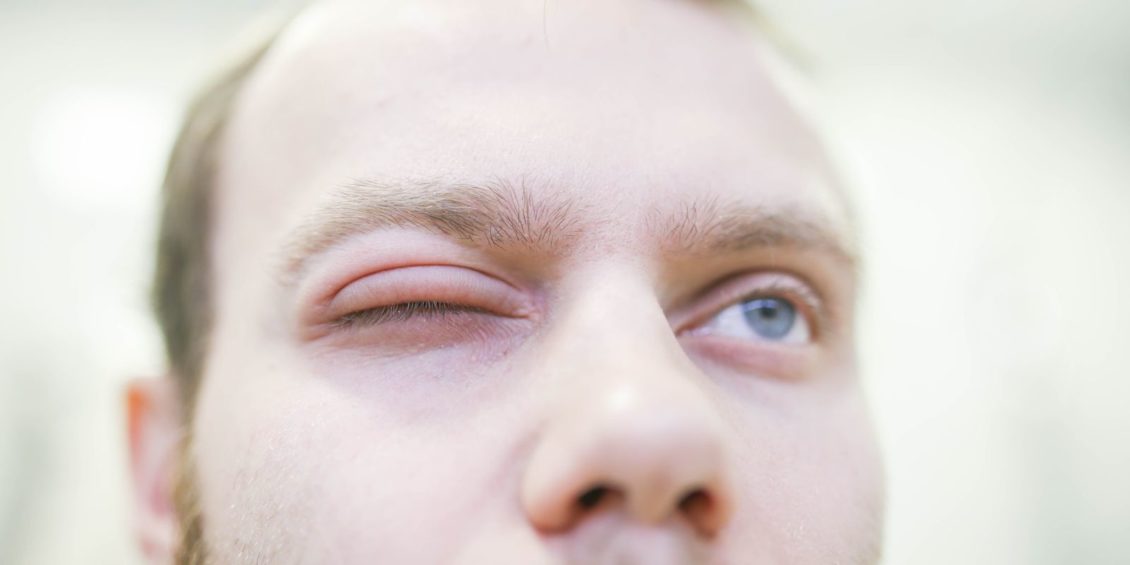Angioedema, a condition characterised by recurrent swellings beneath the skin or mucous membranes, can be physically and emotionally distressing for the individuals who experience it. From swelling in the face, lips, tongue, throat, or extremities, angioedema can lead to discomfort, pain, and even difficulty breathing in severe cases. This comprehensive guide will explore the various treatment options available to help manage and tame this troublesome condition.
Angioedema Treatment
Treatment options for angioedema can target both the underlying cause and the symptoms experienced by sufferers. Antihistamines and corticosteroids can be prescribed to reduce swelling and alleviate symptoms. However, lifestyle changes also play a crucial role in managing the condition. Identifying and avoiding triggers, such as certain foods or medications, can help prevent episodes of angioedema. Additionally, maintaining a healthy lifestyle, including regular exercise and stress management, can contribute to overall health and reduce the frequency and severity of symptoms. By combining medical interventions with lifestyle modifications, individuals with angioedema can gain control over their condition and lead a more comfortable and fulfilling life.
How Angioedema Treatment Works
Angioedema treatment involves a combination of preventative measures and acute symptom management. The underlying cause of angioedema determines the treatment approach. For cases caused by allergic reactions, avoidance of triggers along with antihistamine medications can provide relief. In instances where angioedema is a side effect of certain medications, a change in prescription may be necessary.
Additionally, emergency treatments like epinephrine injections or intubation may be necessary if angioedema symptoms become severe and involve the airways. Individuals with angioedema must work closely with healthcare professionals to develop an individualised treatment plan that suits their needs and minimises future episodes’ risk.
What to Expect After an Angioedema Treatment
During the recovery period, it is vital for individuals to closely monitor their symptoms and report any new or concerning developments to their healthcare provider. They should also follow any post-treatment instructions provided by their doctor, which may include avoiding allergens or triggers that could cause another episode of angioedema.
It is common for patients to feel more in control of their health and better equipped to handle future episodes. Ongoing support from healthcare professionals, family, and friends can be crucial in helping individuals navigate the physical and emotional challenges associated with angioedema.









Leave a Reply
View Comments